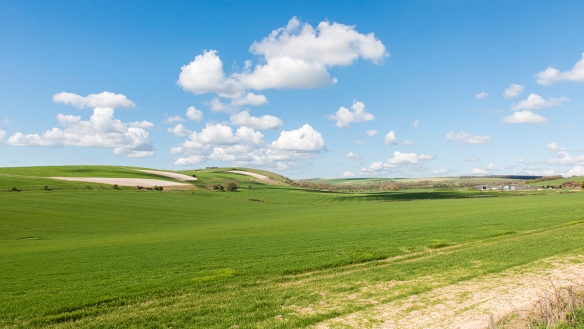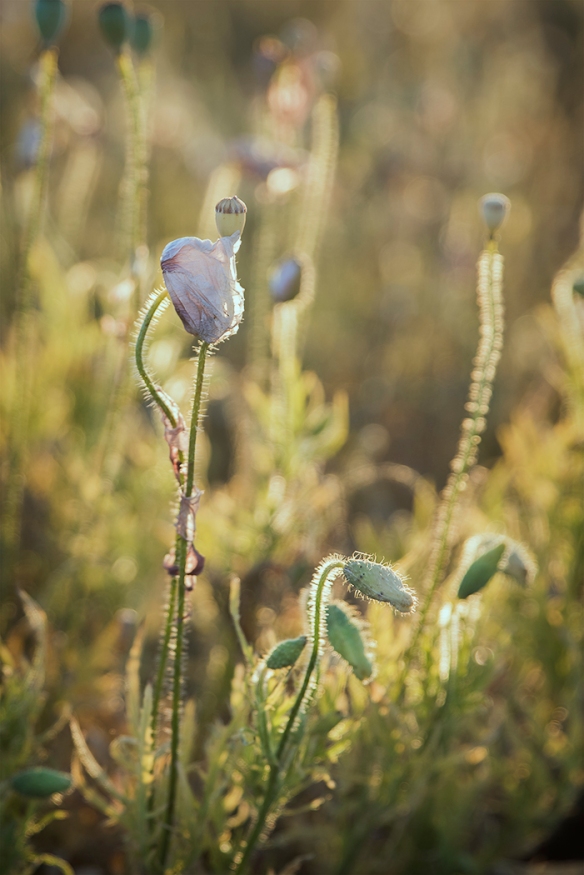My thoughts about deep and shallow depths of field:
here are some of my own images which demonstrate use of different depths of field.

Long Furlong, April 2017
24mm f/22, 1/100 sec, ISO100 – came across this view whilst driving between Rustington and Findon. Reminded me of the Windows default screen and stopped to take this photo. I agree that the small f stop and wide angle do work well for this kind of landscape. However, the notion that by having everything in focus, the view can choose where to look and focus within the scene seems a little mute! Afterall, as the photographer, haven’t we already chosen where we want our views to look. In most cases we will have edited the image as well, thereby, enhancing the characteristics we want to promote. Admittedly, one does have the option to roam around with the image and look at different elements within it. Perhaps that what Bazin means:
(Bazin (1948) quoted in Thompson & Bordwell, 2007)
I think that possibly, I like directing the viewers eyes to what I think is important, because it’s probably why I took the photo in the first place.

Poppies, Brighton, June 2017
These other photos are more my normal style, using a shallower depth of field, or in the case of the woodpecker, the use of the zoom lens, because the subject is not close, which almost forces the background to be out of focus.

Greater Spotted Woodpecker, Millers Wood, April 2017
In this autumn leaves photograph I wanted to focus in on the leaves, but I love the colour contrasts between the leaves and the background and with the very shallow depth of field it gives a very abstract look

Autumn Leaves, Hotham Park, November 2016





